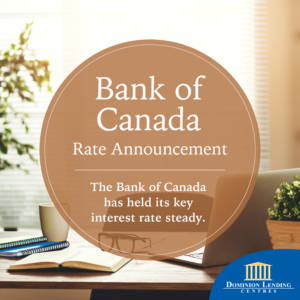
Mortgage Rate Comparison Websites: Are They Really Helping You Get the Best Deal?
When you’re shopping for a mortgage, one of the first steps many people take is to visit a mortgage rate comparison website. These sites promise to show you the lowest rates available from multiple lenders — all in one place. But while they can be a helpful starting point, it’s important to understand how they work, what they include (and what they don’t), and why speaking with a mortgage professional can still be your best move.
How Rate Comparison Websites Work
Rate comparison websites gather advertised mortgage rates from banks, credit unions, and other lenders. They display these rates side-by-side so you can compare interest rates, term lengths, and sometimes special offers. Some also allow you to input basic details about your loan needs to get a more tailored list.
Most of these platforms make money by connecting you to a lender or mortgage broker when you click “Apply” or “Get More Info.” This means they might prioritize certain lenders who pay for placement, rather than listing every possible option.
The Benefits of Using Rate Comparison Websites
-
Quick Overview – You can see a snapshot of current rates from different lenders within minutes.
-
Educational Value – Comparing rates can help you understand market trends and what’s considered a “competitive” rate.
-
Convenience – Instead of visiting multiple bank websites or calling around, you can start your search in one place.
The Limitations You Should Know
-
Rates Aren’t Always the Full Picture – The lowest advertised rate might have strict qualifying criteria or additional fees that aren’t shown upfront.
-
Not All Lenders Are Listed – Some lenders don’t appear on comparison websites at all, even if they offer competitive rates.
-
Personal Factors Matter – Your credit score, income, down payment, and property type can all affect your actual approved rate, which may differ from what you see online.
Why a Mortgage Agent Still Matters
While rate comparison websites are great for initial research, a licensed mortgage agent can often access exclusive rates and products not available to the public. They also help you navigate conditions, lender requirements, and negotiate on your behalf — something a website can’t do.
The Bottom Line
Mortgage rate comparison websites can be a useful tool in your home financing journey, but they’re just one piece of the puzzle. Use them to get a general sense of the market, then connect with a mortgage professional to explore your full range of options and secure a mortgage that fits your unique situation.


